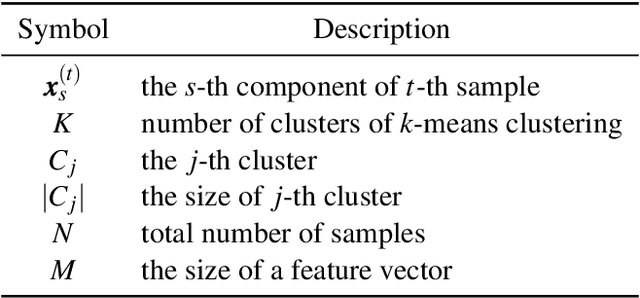Estimating a Null Model of Scientific Image Reuse to Support Research Integrity Investigations
Paper and Code
Feb 22, 2020



When there is a suspicious figure reuse case in science, research integrity investigators often find it difficult to rebut authors claiming that "it happened by chance". In other words, when there is a "collision" of image features, it is difficult to justify whether it appears rarely or not. In this article, we provide a method to predict the rarity of an image feature by statistically estimating the chance of it randomly occurring across all scientific imagery. Our method is based on high-dimensional density estimation of ORB features using 7+ million images in the PubMed Open Access Subset dataset. We show that this method can lead to meaningful feedback during research integrity investigations by providing a null hypothesis for scientific image reuse and thus a p-value during deliberations. We apply the model to a sample of increasingly complex imagery and confirm that it produces decreasingly smaller p-values as expected. We discuss applications to research integrity investigations as well as future work.
 Add to Chrome
Add to Chrome Add to Firefox
Add to Firefox Add to Edge
Add to Edge